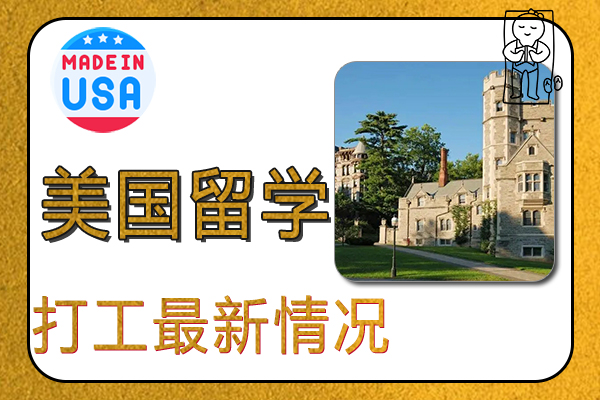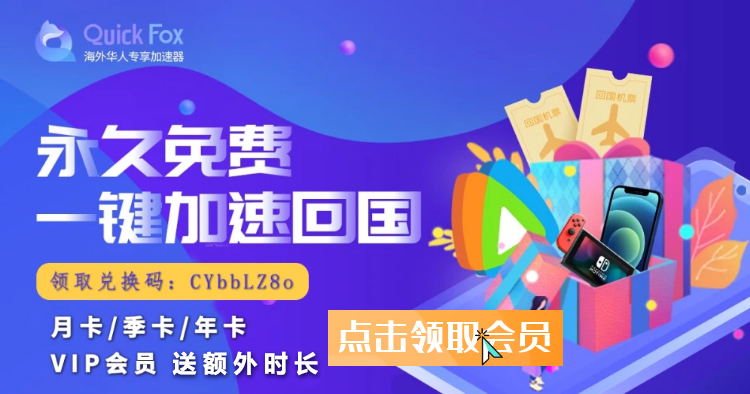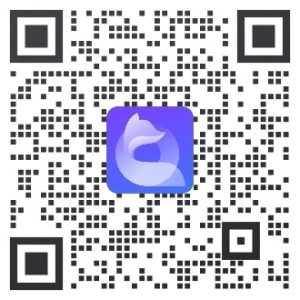According to the regulations of the United States Citizenship and Immigration Service (USCIS), international students holding F1 student visas can work freely and legally on campus without applying for special permits, but they must hold a valid F1 visa; weekly working hours during the semester are generally limited to 20 hours; during holidays and vacations, they can work full-time (up to 40 hours/week).
Since the opportunities to work in school are limited, even if you work on campus, this job cannot be used as a source of income, and this job cannot be related to your studies. At the same time, working is not allowed in the first academic year. Before working on campus, most schools require permission from USCIS.
Generally speaking, on-campus jobs in the United States are relatively easy and can be found in university cafeterias, bookstores, libraries, health clubs, or university administrative offices.

[Introduction to the latest situation of studying and working in the United States - working off-campus]
1. Curricular Practical Training (CPT)
Curriculum internship is an important part of the whole course or academic program and is regarded as a kind of optional work or study, such as medical internship, cooperative education internship, etc. It is a necessary work experience for completing a degree (as stipulated in the course catalog) or granting credits. Curriculum internship is paid, provided that the International Student Office agrees and USCIS approves to work.
[Latest introduction to studying and working in the United States - qualification requirements]
A. You are enrolled as a student for one academic year and the internship must be part of the degree program or a credit requirement for a course.
B. Already found a job before applying for course internship.
C. The work performed must be related to the profession.
D. The work performed must ensure the completion of the degree (as specified in the course catalog) or the award of credits.
Whether you are allowed to do full-time or part-time course internship, there is no limit on how long you can work. However, if you work full-time for more than 12 months during the course internship, you will not be eligible to apply for optional practical training. If you work part-time or full-time for less than 12 months during the course internship, you are still eligible to apply for optional practical training, so you must pay attention to the dates and working hours to avoid wasting your OPT qualifications.
All work should be done in close contact with the International Student Office. General regulations apply to undergraduates, graduate students, and doctoral students. The International Student Office will review the qualifications for course internships and ensure that the qualifications of international students to work comply with USCIS regulations.
2. Optional Practical Training (OPT)
International students in the United States holding F-1 visas can work off-campus as an optional internship during or after the completion of their academic program. The optional internship must comply with USCIS employment regulations and must be approved by USCIS and the school's international student office before applying for an internship.
Before applying for OPT, you must first apply for an Employment Authorization Document (EAD). The International Affairs Office can help and guide students in applying for an EAD. Before applying for an EAD, you are not required to have found a job, but you must prepare relevant documents, forms, photos and fees. It takes about 12 weeks to apply for an EAD, and students can only start working after obtaining a work permit. It takes about 90 days for the U.S. Citizenship and Immigration Service to process a student's application. All work in the United States is based on a legal F-1 visa, and the International Student Office can help students retain their F-1 student visas. The following is an interpretation of the latest situation of studying and working in the United States.Working on a US student visa, ,How to work in the United States as an international student, ,Studying and working online in the United States, ,Is it easy to get a work visa to study in the United States?The problem.
Interpretation and summary of the latest situation of studying and working in the United States
After understanding the latest interpretation of the situation of studying and working in the United States, you will also need to prepare a VPN tool to bypass the firewall and return to China when studying in the United States.For many Chinese who go to the US to study and work, they still like to watch some Chinese TV series and programs in China, and they are more accustomed to use some domestic native apps to listen to music, watch videos, play games and so on. However, due to copyright reasons, most of the popular programs are only allowed to be accessed by mainland IPs. In such a big background, theVPN back over the wallQuickFox VPN is a VPN for overseas Chinese to listen to music abroad. It helps overseas students to watch Chinese TV series by overcoming the firewall and removing the regional copyright restrictions of domestic applications and websites. It can connect to the mainland server with one click to solve the network delay and freeze problem.














